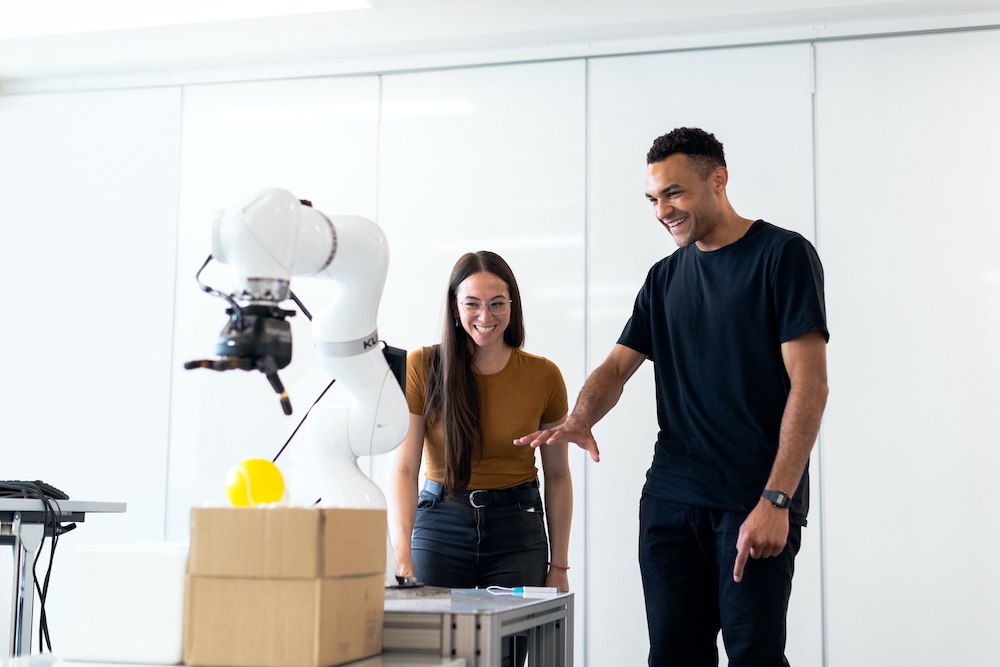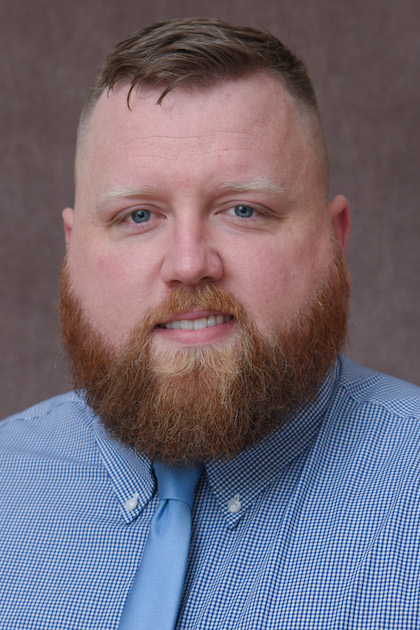Utilization of Engineering Programs for Healthcare Simulation Innovation
As any simulationist would proclaim, innovation is a crucial part of any healthcare simulation program. The advancement of clinical simulation through creativity occurs in many ways, from molding a new wound from silicone to making a specialized task trainer from everyday materials. In the world of medical simulation, there are plenty of resources for innovative solutions, such as healthcare simulation-based conferences, workshops, and webinars. Yet, in terms of the creation phase, a different approach may be needed to take the innovation past the issues and onto something worthwhile. This HealthySimulation.com article by Kirk Atkinson, a Simulation Educator/Simulation Operations Specialist at UT Southwestern, discusses how to establish and utilize collaboration between a healthcare simulation program and a college-level engineering program to help establish healthcare simulation innovation.
Every year, engineering programs around the country give an assignment to their senior class, known as a senior engineering project. This project usually involves creation and innovation on behalf of either the college/university the senior class is enrolled at or a partner institution or business. The proposed innovation or creation could solve an engineering problem or bring an idea to life through engineering. The learners must then call upon all of the engineering knowledge that has been bestowed upon them by their professors to come up with a plan, materials, a manufacturing process, and ultimately a creation/solution.
Across many engineering programs, there are just not enough free ideas for challenging engineering projects for the large senior classes. In those instances, engineering programs must reach out to local businesses to partner with for ideas. The ideas should benefit both the business and offer a challenging task for the well-educated soon-to-be engineers.
Sponsored Content:
The engineering world is expansive to include many different specialties. This includes fields of expertise that directly tie into healthcare simulation, such as biomedical, electrical, and mechanical engineering. In a single engineering project, these specialties and others may be required to complete the task assigned.
In the past, engineering programs have also reached out to local institutions and businesses for ideas for an engineering category. Even healthcare simulation companies like Laerdal and CAE Healthcare have worked with engineering learners on projects geared toward medical simulation innovation. These ideas can be as novel as luminescence detection through a simulated iris to augmented reality programming aimed at teaching anatomy via projected images on a display in a Hololens headset.
Generally, engineering programs willing to partner for ideas are fairly easy to find. On a large scale, usually, state and private universities will have engineering programs with a system already set in place for submitting ideas for consideration. Typically, the engineering program’s website will have a link for “Senior Engineering Project Submissions,” or titled something similar.
On a smaller scale, local and community colleges may have all of the same information available in a similar manner as the larger institutions. However, this is not the case across the board. Direct contact, either by phone or email, may be required to get the ball rolling.
Sponsored Content:
Also of note, most senior engineering projects begin in the fall with a semester of planning, material acquisition, design, and project approval on the parts of the professors and sponsors. Submissions need to be given prior to the start of the fall semester. Once a semester commences, the learners will bid for the ideas they like the most. After the bidding period is over, a group will be selected by the professors that most aptly fill the requirements of the proposed submission.
Then, when the submission is chosen and an engineering team is assigned, the design process begins. This will include meetings weekly with the sponsors on specific details and ideas associated with the submission. During the fall semester, there will rarely be any fabrication or manufacturing completed, as this is intended to teach accurate planning and attention to detail.
Then, during the spring semester, the physical part of engineering begins. With detailed schematics and a well-established plan in place, engineering learners will bring an idea from the page into reality. Fabrication, manufacturing, coding, and testing will all take place in the spring semester, along with weekly updates to the sponsors. At the end of the semester, the engineering program typically has a showcase of engineering projects that were completed by the senior class. Once this takes place and all the necessary paperwork and surveys are complete, the sponsors can take possession of the newly formed creation.
Healthcare Simulation Senior engineering Project Examples
An example of engineering innovation for healthcare simulation started with a collaboration between the UT Southwestern Simulation Center and the UT Dallas Engineering department. The sim center at UT Southwestern proposed an idea for a visual representation of the symptom of jugular vein distention that could be activated and deactivated remotely on a medical simulation manikin.
Through careful planning, collaborative brainstorming, and testing, the engineering learners were able to deliver a servo-driven protrusion from a medical simulation manikin’s neck (under silicone skin) that represents and can be easily interpreted as jugular vein distention.
Another project idea brought to life from the collaboration between UT Southwestern and UT Dallas was a device that mimics the physiological condition known as pitting edema. The design team was able to create a remote-controlled vacuum device that wraps around a manikin or human’s leg and simulates the slow recoil of tissue seen in conditions such as congestive heart failure. The device will easily apply to any limb and full control of the edema effect can be maintained from an adjacent control room.
Nearly every healthcare simulationist has an idea or design for a device or improvement on a device that would advance a medical simulation practice in some way. Healthcare simulation conferences are full of classes on task trainer creation and medical simulation manikin manipulation. A collaboration with an engineering program can help elevate those ideas or creations by adding an insider’s perspective to the intricacies of top-level design and manufacturing.
Learn More About Interdisciplinary Collaboration Leading to Advanced Medical Education Innovation
Kirk Atkinson is a Navy Veteran with over 15 years of experience in medicine and healthcare simulation. He started his path in medicine as a Hospital Corpsman, and deployed to Afghanistan in 2010 with the 1st Medical Battalion.
When back in the U.S., he was given the opportunity to help develop a medical simulation training platform for deploying medical units based on Camp Pendleton, California. After 1st Medical Bn, he was assigned to Naval Hospital Camp Pendleton, where he was the Training Site Faculty and Administrator for the BLS, ACLS, and PALS programs. He also became a TCCC and CLS instructor for forward deploying Corpsmen and Marines.
After the Navy, he moved back to Texas where he was hired by the American Red Cross and an urgent care facility. Then an opportunity arose at UT Southwestern for a Simulation Educator/Simulation Operations Specialist.
Atkinson currently works with a very talented team to deliver high-quality healthcare simulation to all of the UT Southwestern system.
Sponsored Content:
















